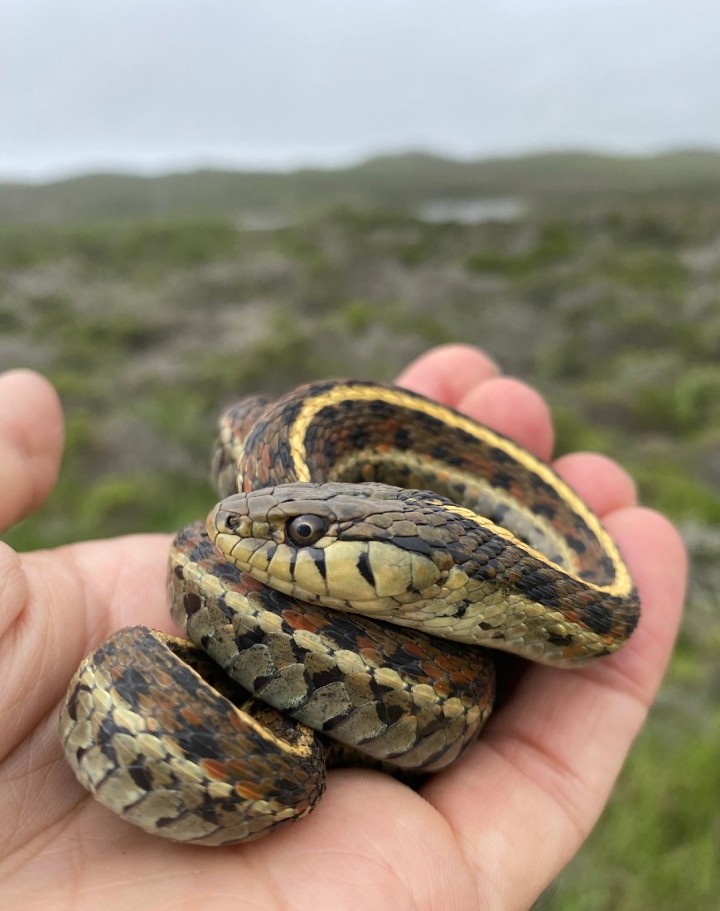HENRY W. COE STATE PARK/POINT REYES NATIONAL SEASHORE
The Western Skink has a shiny appearance due to its smooth, glossy, rounded scales. Younger individuals have brilliant blue tails that become dull as they age.
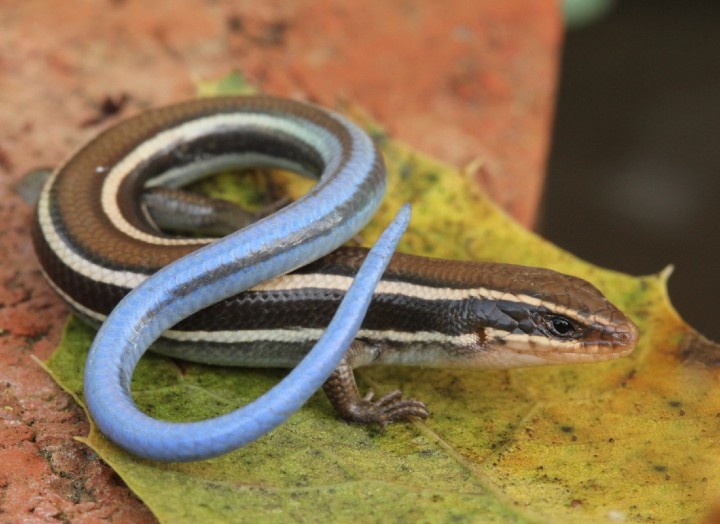
The California Kingsnake lives in a wide variety of habitats, including woodland chaparral, grassland, deserts, marshes, along rivers or farms and even in bushy suburban areas. The “king” in their name refers to their ability to hunt and consume other snakes, including venomous rattlesnakes.
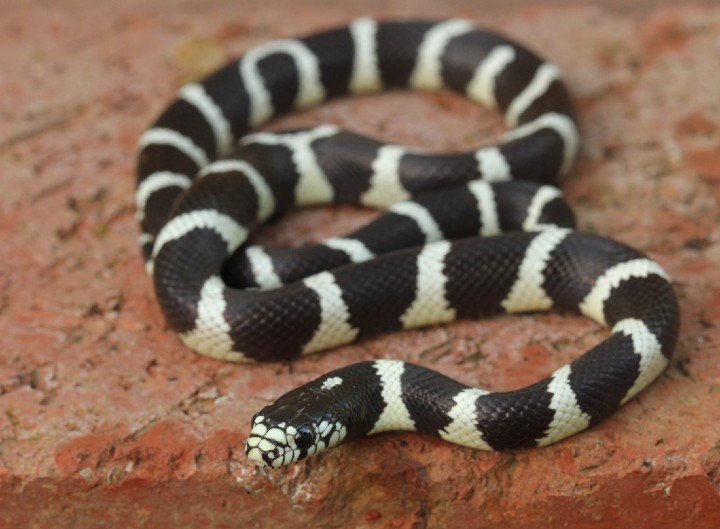
Herp habitat in San Mateo County.
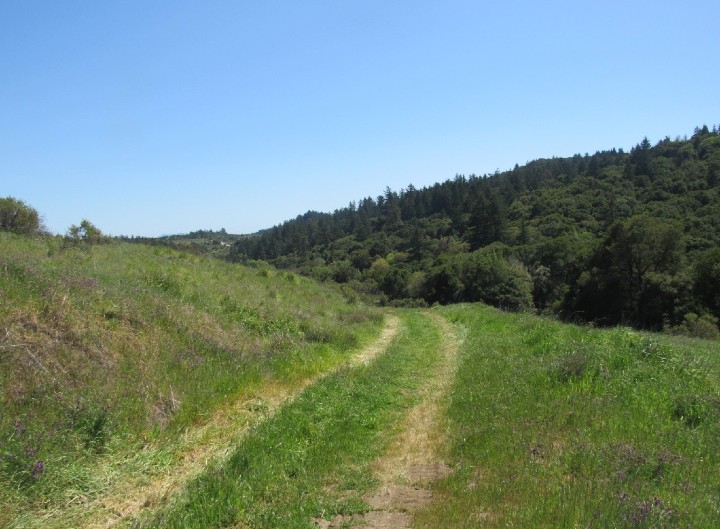
The California Quail is a sharply-marked, round soccer ball of a bird with intricately scaled underparts and a curious, forward-drooping head plume.
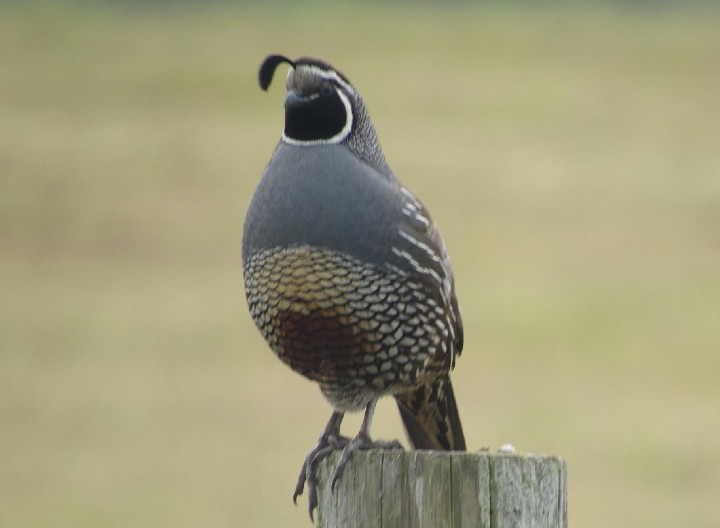
Coast Garter Snakes occur in a narrow coastal strip from the southern part of California up until southern Oregon; hence the common name “Coast Garter Snake.”
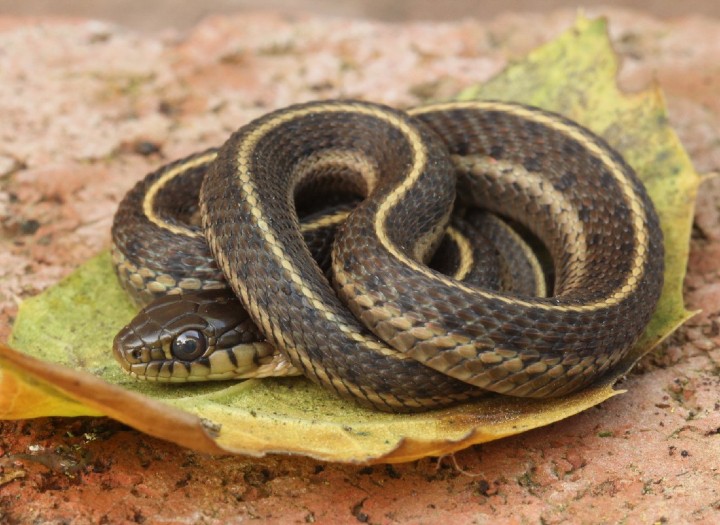
Western Fence Lizards have overlapping, pointed scales and are part of a large family of reptiles known as Spiny Lizards. They are also commonly called “swifts” because of their speed.
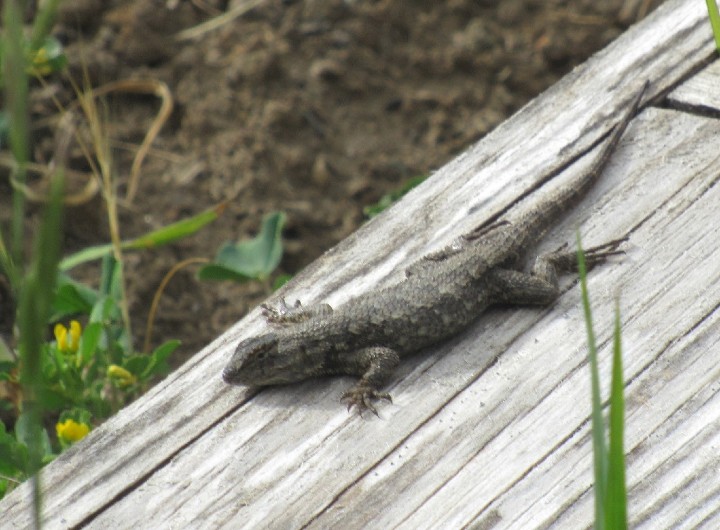
A "lifer" Yellow-billed Magpie seen while driving from one herping spot to another.
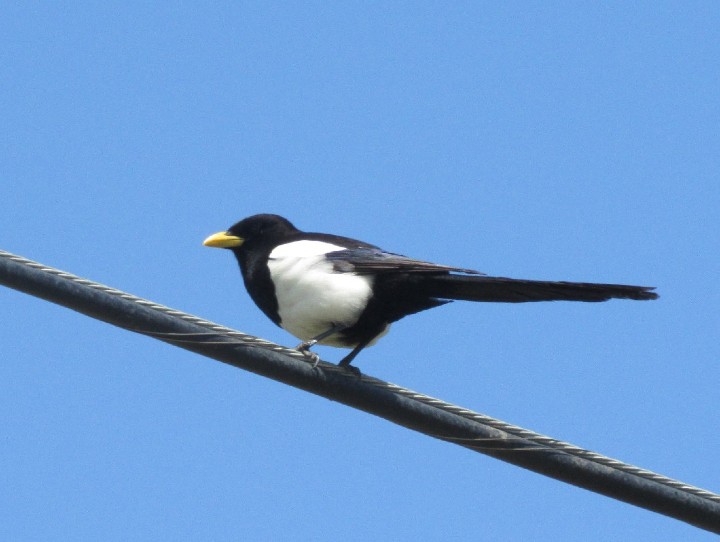
A Northern Pacific Rattlesnake crossing a hiking path. Though feared, rattlesnakes are valuable predators, and likely an important control agent for some species of small mammals.
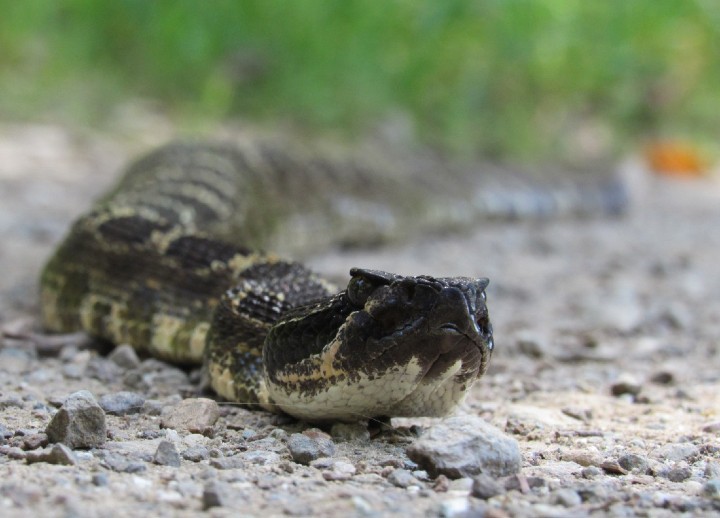
Herp habitat in Marin County.
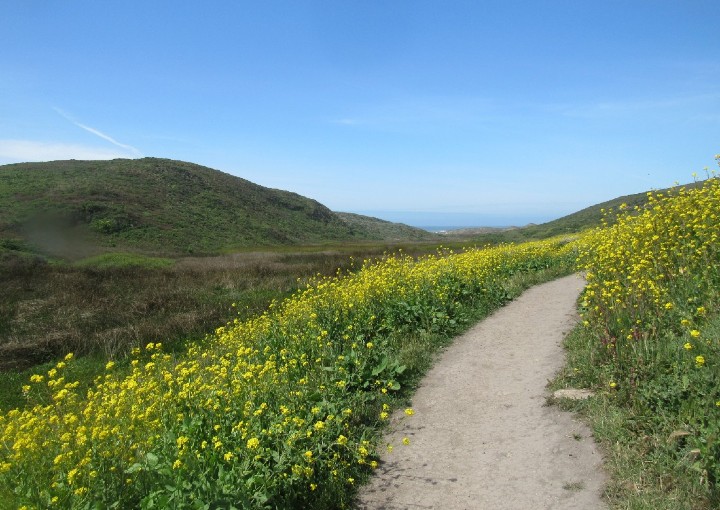
Coast Garter Snake - This reptile is highly variable in appearance, with the colors between its yellow stripes brown or olive, with a pattern of dark spots, intermixed with a suffusion of red, orange or rust coloring.
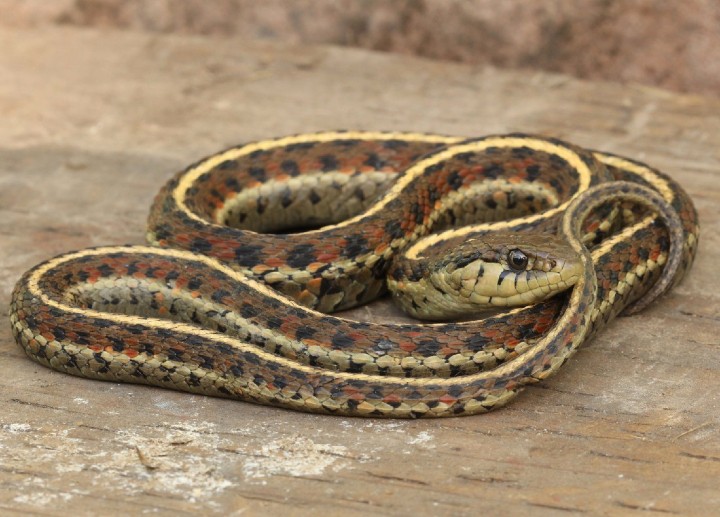
The Coyote’s strength is that it can adapt and exploit almost any habitat to its advantage. While most wildlife species have avoided developed areas and often declined as a result of man’s expansion, the Coyote seems to be thriving.
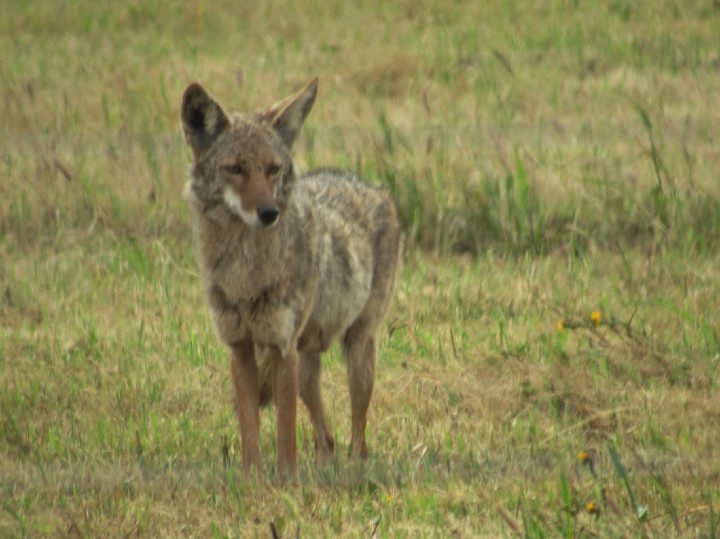
Unquestionably one of the most beautiful serpents inhabiting the United States, this California Red-sided Garter Snake was an awesome find.
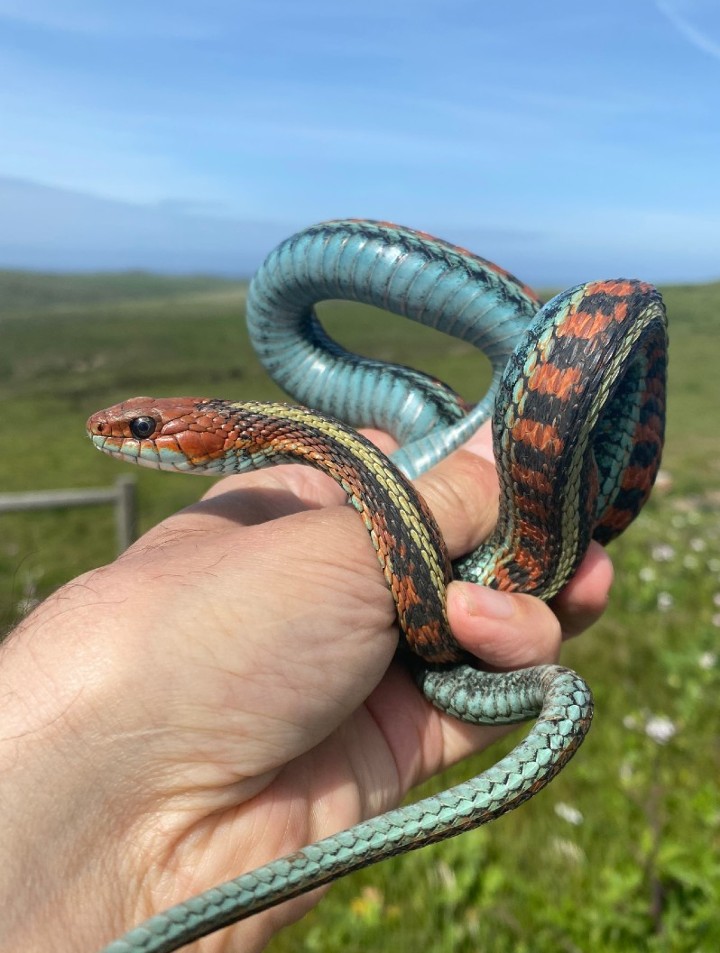
The Striped Shore Crab spends over half of its time on land.
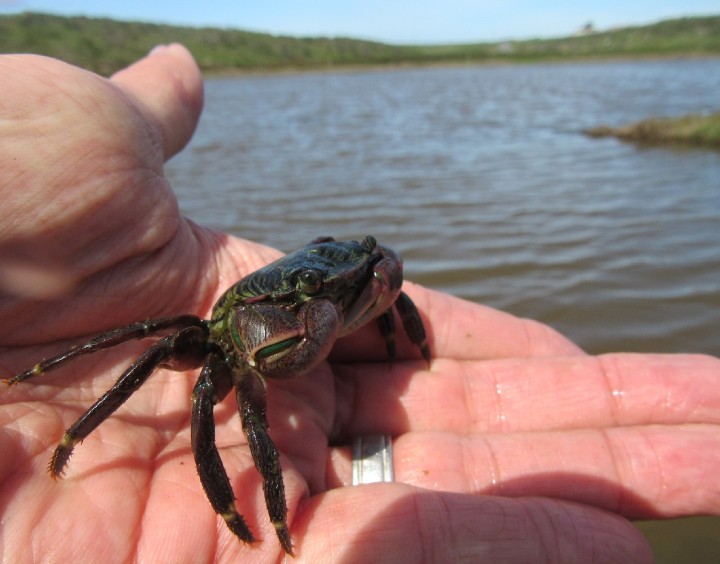
Awkward and cumbersome on land, Harbor Seals maneuver with grace and agility in the water.
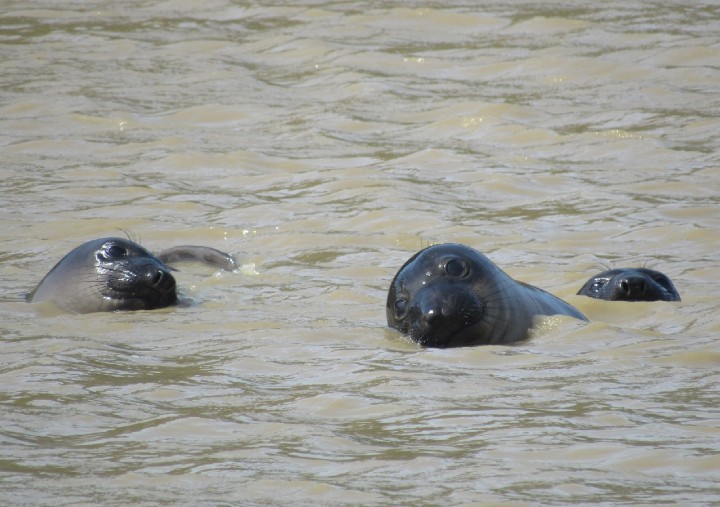
When the Europeans first arrived, an estimated 500,000 Tule Elk roamed the state, but by 1870 they were thought to be extinct, due to uncontrolled hunting and displacement by cattle. By some accounts, fewer than 30 remained. Through conservation efforts their numbers are now around 4,000.
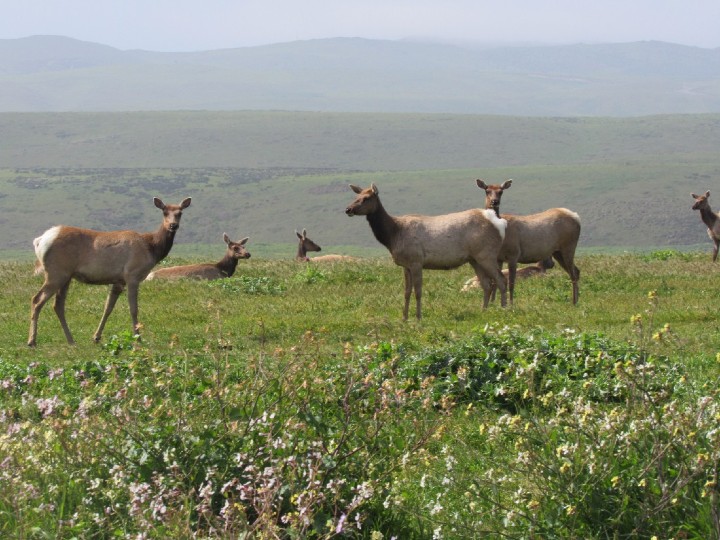
Coast Garter Snake - Despite its subspecies name terrestris, it is often found near water. Open sections of conifer forests, fields, foothills and along creeks and at the edges of ponds are some of the spots where I’ve found them.
